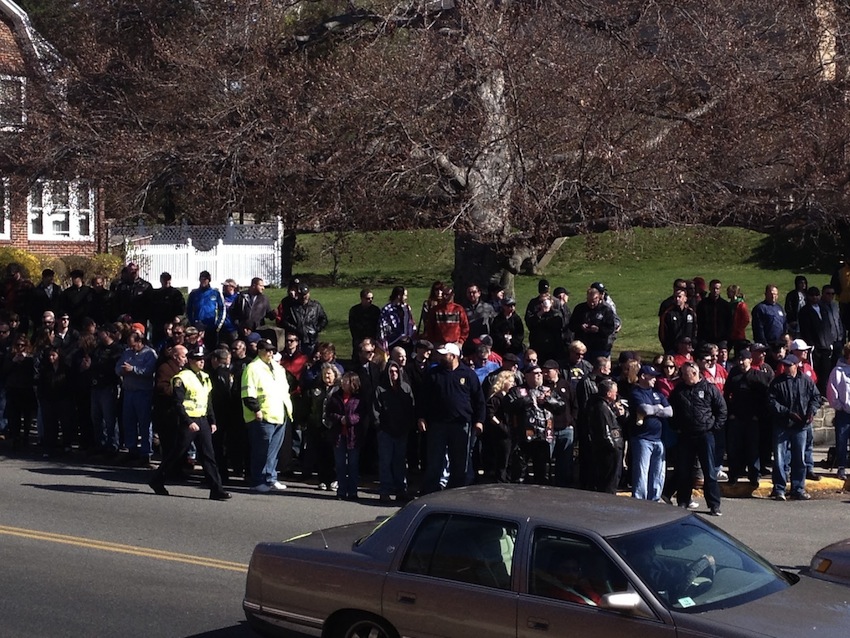Organizing a Protest? Twitter’s Not the (Only) Answer
When Teamsters Local 25 mobilized against the Westboro Baptist Church last month, the group used Twitter and Facebook to summon help from their members and supporters. The subsequent 500 person assembly at Krystle Campbell’s Medford funeral, which the WBC had threatened to picket, seemed to show social media’s power as a local rallying tool. This Boston area case further bolstered an existing sense that social media is the new impetus for mass movements—as demonstrated in countries like Tunisia and Egypt during the Arab Spring.
What should we think, then, of the many protests each year that are much less successful despite their organizers’ use of social media platforms? Just a few days before the Teamsters’ human wall in Medford, a Defend the Fourth Amendment protest, an event advertised through various online blogs, took place in Boston to comparatively little public fanfare.
While research does suggest that there is a significant correlation between social media use and political protest, an in-depth look by Sebastian Valenzuela, assistant professor at the Catholic University of Chile, into how social media can impact political participation demonstrates that other controls, like membership in a civic group, access to online news, and anger are also key.
What brought about the Teamster’s recent success then, was most likely more than simple tech-savviness. Jamila Raqib from the Boston-based Albert Einstein Institute refrains from completely negating the power of social media. “Social media is really important because elite media sources and the government no longer exclusively control the means in which people communicate,” she says.
But, the key to successful, political mobilization may not be social media, but the strength of a particular organization’s member base. In the case of the Teamster Local 25 human wall, social media acted as an effective tool because the Teamsters Union is a strong group with a powerful membership base. Raqib says, “Social media takes a factor that already makes a group effective, for instance the Teamster’s numerous members, and the strong networks between them, and builds on that to put them in the limelight.”
There are a number of other protests that occur in Boston each year (for instance, the Max Brenner protest this past Valentines Day or the Defend the 4th Amendment protest in January against MBTA bag search policies) but the effectiveness of their organization seemed to have less to do with their ability to get their message out through social media or lack of a passionate member base. Instead, it had more to do with the lack of widespread support their original message could garner.
Referring to the Teamster organization as a “loci of power,” or a power outside of complete state control that works to alleviate the frustrations of one group, Raqib believes that the grievance of a protest group is particularly important. The specific issue that is being protested, if it’s a widely held grievance, can have the power to bring people together—whether the problem is a suppressive, Arab regime or an organization that refuses to respect a family’s right to mourn. You’re not going to rally a crowd in front of Shake Shack over deep-seated frustrations regarding their long lines no matter how good you are at WordPress.
In the case of the Teamsters Local 25 human wall, they had two things going for them on April 22 that produced a successful outcome: a strong membership network and a tangible, powerful grievance that was shared by a large segment of the local population (a desire to keep WBC protesters far from a mourning family). Social media was a tool. It just wasn’t the reason anyone showed up.



